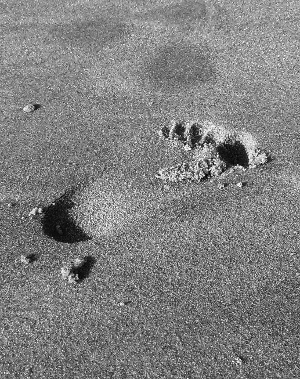Aboriginal pottery shows links
 The discovery of ancient pottery on an island off Queensland has significantly altered the understanding of Aboriginal history.
The discovery of ancient pottery on an island off Queensland has significantly altered the understanding of Aboriginal history.
The discovery of the oldest pottery found in Australia suggests Aboriginal communities had knowledge of pottery manufacture long before European settlement, challenging previously held beliefs.
The discovery was made during an archaeological excavation led by Professor Sean Ulm from James Cook University, who serves as the Chief Investigator for the Australian Research Council Centre of Excellence for Australian Biodiversity and Heritage (CABAH). The excavation, a collaboration with the Dingaal and Ngurrumungu Aboriginal communities, unearthed evidence of human occupation dating back over 6,000 years, including dozens of pottery shards that have been dated between 2,000 and 3,000 years old.
“Archaeologists excavated a 2.4-metre-deep midden on Jiigurru over a two-year period to discover evidence of occupation, such as the remains of shellfish and fish collected and eaten by people on the island, which are more than 6,000 years old,” Professor Ulm said.
The research, published in Quaternary Science Reviews, involved both Traditional Owners and researchers reporting on the pottery find.
It suggested that the Aboriginal communities of North Queensland had connections with pottery-making communities in New Guinea, indicating a history of long-distance cultural exchanges.
Kenneth McLean, a Dingaal clan member and Chairperson of the Walmbaar Aboriginal Corporation, highlighted the collaborative nature of the project as “something that's never been done before for my people”.
“Every bit of knowledge we gain helps us tell the story of Country,” said Ngurrumungu Elder Brian Cobus.
“Research projects like this help us all to understand Country better and help us to understand how to look after Country.”
The geological analysis confirmed the local production of the ceramics, using materials sourced directly from Jiigurru.
This overlaps with a period when the Lapita people of southern Papua New Guinea were known for their pottery, suggesting a rich history of technological innovation and cultural exchange well before British or other European arrival.
Professor Ian McNiven from Monash University, another CABAH Chief Investigator, said it show the depth of connections across the Coral Sea.
These findings not only open a new chapter in Australian, Melanesian, and Pacific archaeology but also challenge colonialist stereotypes by showcasing the complexity and innovation of Aboriginal communities.
The discovery sheds light on the sophisticated maritime capabilities of First Nations communities in the region, indicating a widespread trading system that included the exchange of technology, goods, and ideas.








 Print
Print